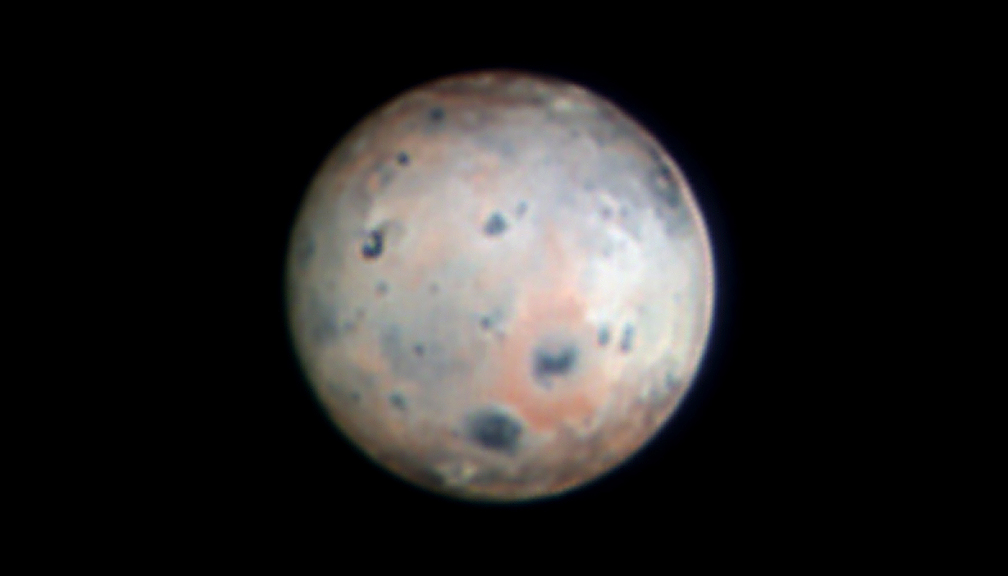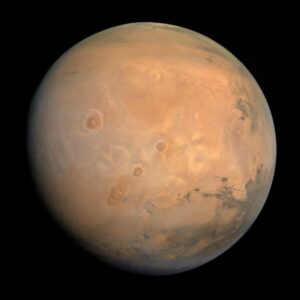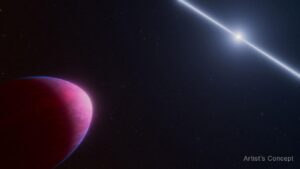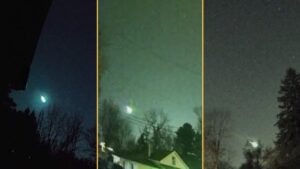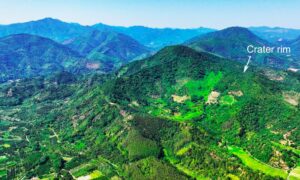Researchers have released jaw-dropping new photos of Jupiter’s moon, Io. The images came from the Large Binocular Telescope (LBT) on Mount Graham, Arizona. They are the highest-resolution images of Io ever taken from Earth.
The photos show detail that rivals past images taken from space. They show features as small as 80 kilometers across. That might seem like a large area, but the University of Arizona describes it as similar to photographing a dime-sized object from 160km away.
The LBT is one of a new group of extremely large telescopes. It uses new optics which compensate for the blurriness of atmospheric disturbance. The resolution is so good that two lava deposits are visible on the moon’s surface.
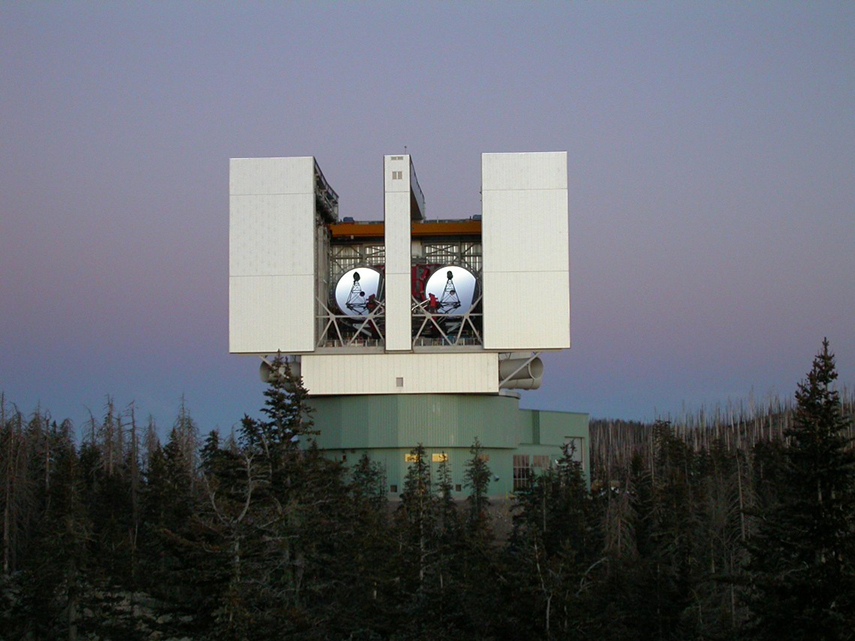
The Large Binocular Telescope on Mount Graham. Photo: NASA
It is also possible to see plume and eruption deposits around Pele, one of the largest volcanoes in the moon’s southern hemisphere, and its neighboring volcano, Pillan Patera. For example, the dark blobs in the featured image are lava deposits and the reddish ring below and to the right of the moon’s center is a sulfur deposit.
Volcano mysteries
Io is Jupiter’s innermost Galilean moon, and it is littered with volcanoes, some of which are still active. Studying Io will help researchers learn about that particular satellite and how eruptions elsewhere in the solar system molded the shapes of these bodies, according to lead author Al Conrad. It could also help us discover why different planets have such different levels of volcanic activity.
For example, Mars has many huge volcanoes, but they are all inactive. Meanwhile, those on Venus are still active. Why some planets have live volcanoes and others do not is a mystery.
